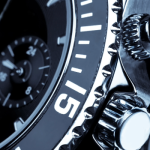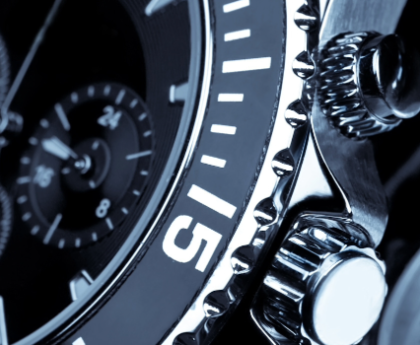
India’s 130-million watch per annum market is witnessing a quiet change. While smart watches have seen a phenomenal boom in sales, analog watches have not lost their lustre and are also forging ahead, with a strong focus on premiumisation.
Efforts are also on to make smart watches look like analogs. Suparna Mitra, CEO of the watches and wearables division at Titan Company Ltd, said, “In the last four years the average sale price of analog watches has gone up across all our brands by around 10 per cent (Titan’s entry level watches start from Rs 2,000). So, last Diwali, we launched the Titan Stellar Collection. And we made a watch called the Meteorite which has a piece of a 120,000-year-old meteorite on its dial. Coincidentally, it was also priced at Rs 120,000 and sold very well.”
Titan also has the Nebula range of watches which sell for a staggering Rs 8-10 lakh apiece. Moreover, it has just launched an entry-level luxury brand of the Swiss-made Charriol priced at over Rs 1.2 lakh, which will be marketed through Helios, the company’s multi-brand stores.
Mitra points out that Titan has seen a slow but subtle shift in the buying habits of women. In the last seven years the share of women’s watches has gone up from 40 per cent to 45 per cent of India’s analog watch market as more women are now able to buy watches for themselves.
However, their overall average sale price has been falling in the last 6 months and the industry is waiting for consolidation.”
She says that smart watches rode on the tail of the fitness wave that came post-pandemic when people prioritised their health. So watches with fitness tracking, step tracking, heart rate, SpO2, sleep, and so on, became popular.
But simultaneously, analog watches have also been growing at a comfortable clip. Though sales dipped during the Covid-19 outbreak, there was revenge buying once the pandemic waned, Mitra adds.
“Our estimates show that the market for analog watches has gone up from 65-68 million pieces annually in 2018 to around 75-80 million now. And we expect that the growth will move more towards value than numbers because of premiumisation,” she says.
Titan has seen a healthy double-digit growth in analog watches in FY23 and FY24 and the trend, she says, continues, although the premium segment may be witnessing higher growth than the others.
However, Mitra feels that the market for smart and analog watches are not comparable. “Consumer research has shown that analog watches are about who you are, whereas wearables are about what you do. Smart watches are functional (for example, they track your health), but analog watches are about aesthetics, accessorising, style, status, and self-expression,” she says.
Having an edge
– Analog watches have seen a 10% increase in average sale price in the last four years
– It has grown to 75-80 million pieces per annum — still far ahead of smart watches
– The smart watch market grew five times in four years, but is now slowing down. Expect consolidation in the industry
– Attempts are ongoing to design smart watches like analog watches
First Published: Jun 20 2024 | 1:07 AM IST



